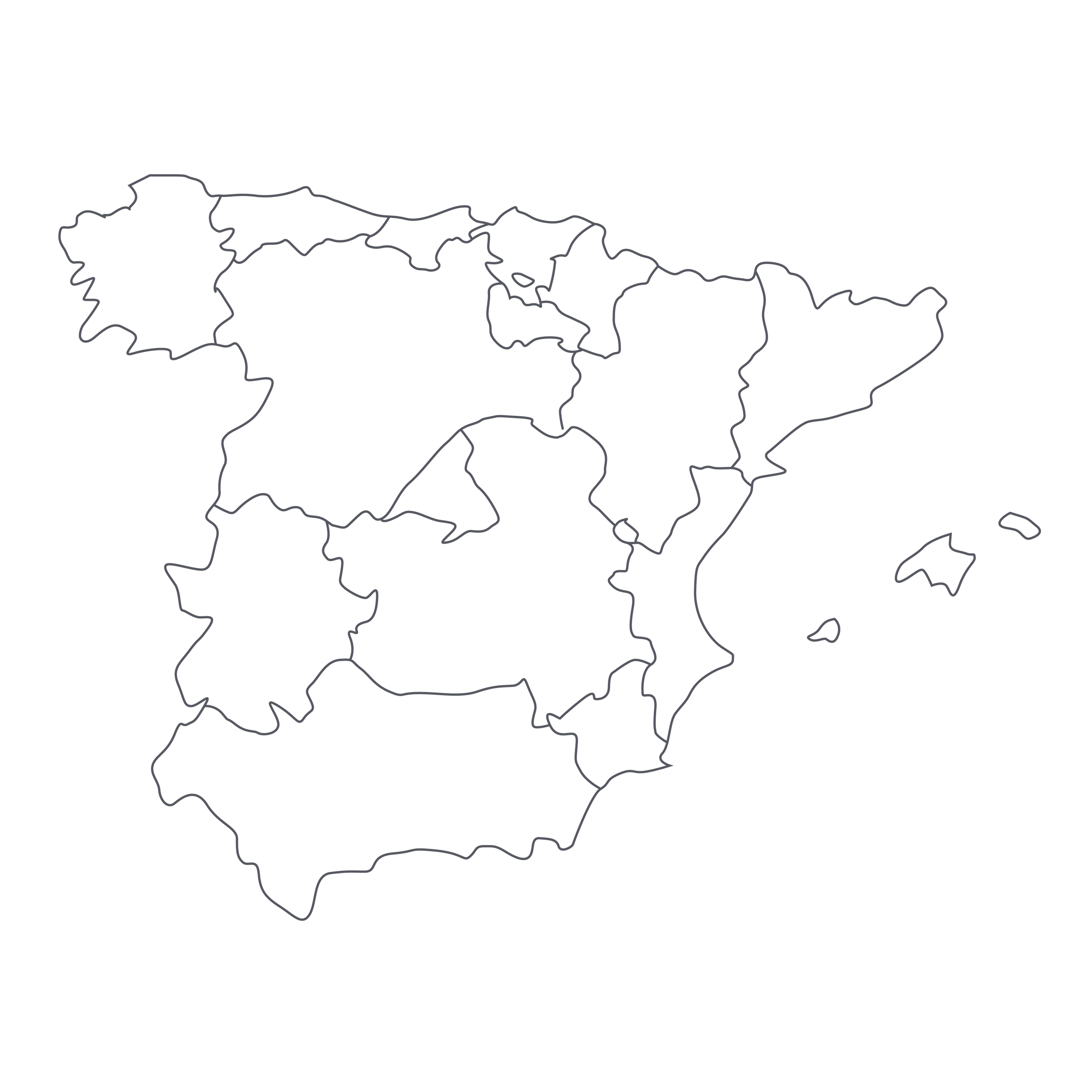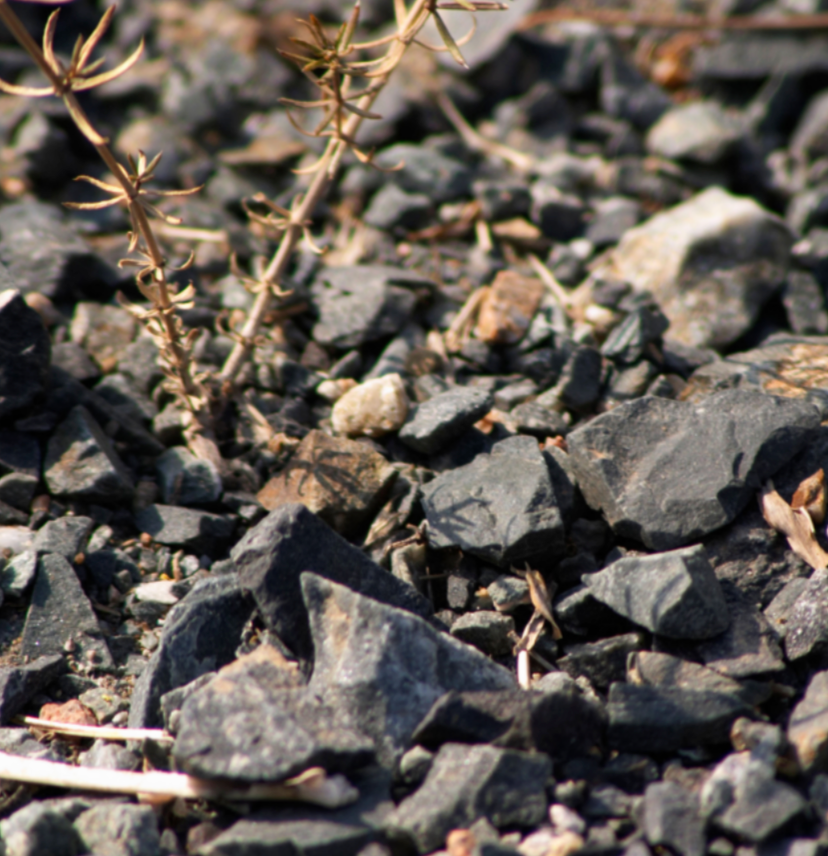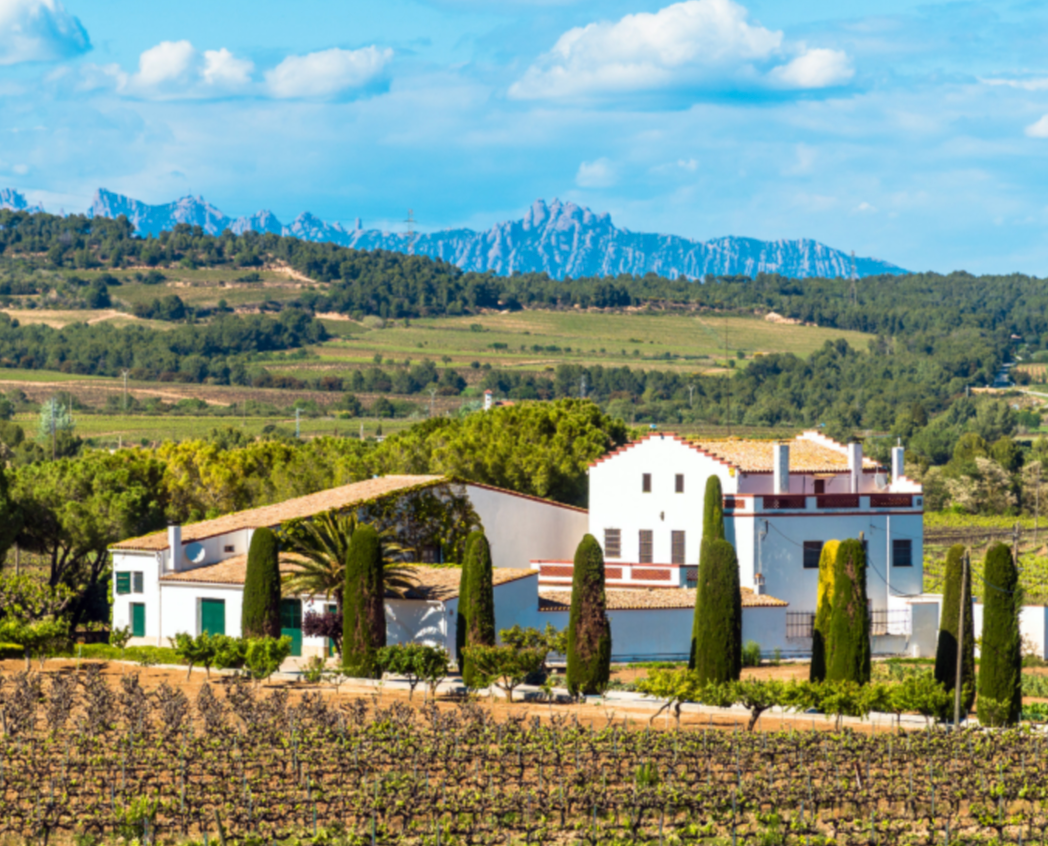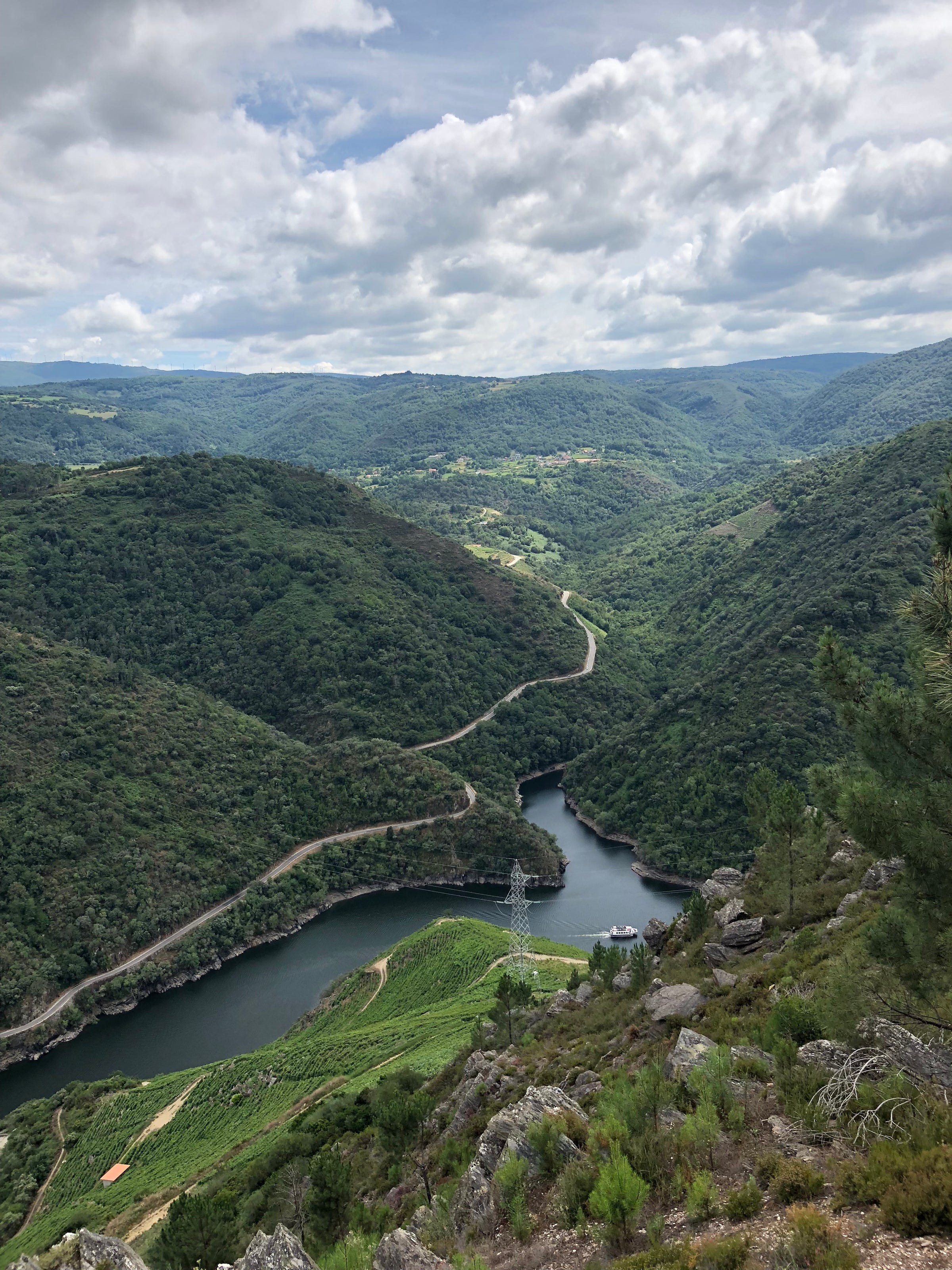Anywhere you look in the world of wine, you’ll find exceptions to a general rule. Rebellious as much as they are beloved, Bodegas Mauro is one such exception. Despite being nestled in the Duero River Valley in the ancient town of Tudela, Mauro does not fall within the Ribera del Duero Denominación de Origen (DO).
They’re excluded by just a few kilometers of distance, having been founded in 1978 before the 1982 delineation of the appellation. But that suits legendary founder and winemaker Mariano García just fine. Of Vega Sicilia rockstar-level fame, García founded Mauro specifically to produce deeply personal wines with complete freedom—a château model much like that of the “super Tuscan” Sassicaia. García’s personality and Mauro’s subsequent reputation for extraordinary quality are indeed bigger than the distinction of being in the DO. Today’s Tudela del Duero 2016 is a perfect introduction to Garcías famously hedonistic but structured style without having to pay Vega Sicilia prices. Most interestingly, drink it knowing this is his vision of a perfect wine, unfettered by someone else’s tastes or restricted by the use of certain grape varieties. It’s no surprise that it happens to be head-swimmingly delicious—an impeccably polished “super Duero” that would more than hold its own if it were snuck onto a table full of classified-growth Bordeaux. When I tasted it blind, I expected a price tag many multiples higher than the actual; this wine, to put it mildly, is a steal.
Mariano García is a man preceded by his reputation. The son of a vineyard worker, García became Vega Sicilia’s winemaker at the tender age of 24. He’s been a champion of finessed, expressive Spanish wines for his entire career, imparting the same rigorous standards of quality to his two sons, Alberto and Eduardo, who help run Bodegas Mauro today. It’s headquartered in a 17th century villa at the center of Tudelo, its thick stone walls and cellar stacked with a lifetime’s worth of wine production. In contrast, the Mauro wines are actually produced offsite in a state-of-the-art modern winery facility built in 2004. Grapes have been grown in Tudelo since the 16th century, when Phillip II exempted the town from taxes due to the superb quality of the fruit. García is proud to situate his style of farming in that same history. All the vines are 60 years old or more, organically farmed and dry-farmed to push low yields in deep clay and limestone soils.
The Bodega chooses to blend its core Tempranillo grapes with Syrah and Grenache, depending on the cuvée. Today’s Tudela del Duero bottling is a blend of 90 percent Tempranillo and 10 percent Syrah for a crisp, floral edge. Grapes are hand-harvested and refrigerated before being hand-sorted, de-stemmed, and moved to tank via gravity flow. Fermentation generally takes about 12 to 18 days depending on the variety, and approximately half of the ferments are moved to giant wooden foudres for their secondary fermentation. Oak barrels are predominantly new and used French (75 percent) but the rest is American, contributing those toasty, classically Spanish aromas. The majority of Bodega Mauro’s production goes to the Spanish market, so we feel very lucky to offer even the little bit of Mauro that we could find at a price that still encourages aging a few bottles.
The Tudelo del Duero is a velvety, opaque wine, perfectly in between purple and red in color with a lighter red rim. Decant for at least an hour and serve in Bordeaux stems just shy of 60 degrees. A little time to breathe brings the aromas soaring out of the glass: ripe, dusty black plums, smoked meat, dark chocolate, and incense. Traces of American oak are very refined, here—maybe a little toasted coconut in the background but nothing brassy or overly synthetic smelling. Tannins are fine but proliferous, blooming across the roof of your mouth without feeling drying or extracted. It’s just the right amount of grip to feel satisfyingly dense, the type of wine that warms you from the inside out with substantial weight but no real heaviness. The palate features notes of pomegranate molasses and black olive with a dark meatiness coiled at the center. It’s big and beautiful and balanced; imagine a linebacker walking a tightrope.
I want this with an equally substantial meal; pork ragù over creamy polenta. Or even a spread of good bread, manchego, fig preserves and jamón serrano will do as long as you have a lot of everything. Cancel your after dinner plans if they’re anything other than falling asleep in your favorite chair, with the last bit of this bottle on your lips. But don’t forget that there’s a good 10-15 years of aging potential here: you’ll sleep more soundly if you’ve got a few bottles squirreled away.





